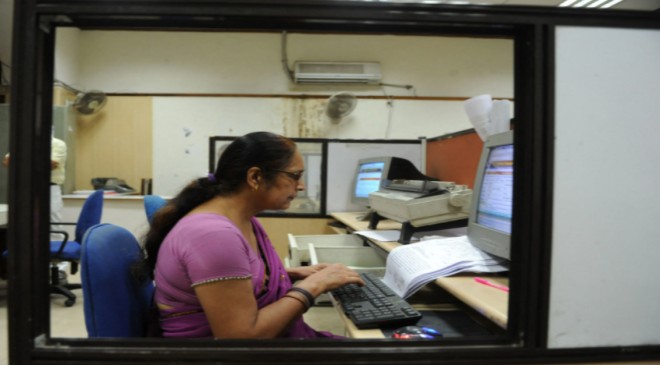If the new labour codes are implemented, it is likely that employees in India may be able to enjoy a four-day workweek from next year, as opposed to the current five-day workweek.
New Delhi: The four labour codes on wages, social security, industrial relations and occupation safety, health and working conditions are likely to be implemented by the next financial year, news agency PTI reported citing a senior government official. Under these new codes, a number of aspects related to employment and work culture, in general, might change – including the take-home salary of employees, working hours, and the number of weekdays.
The labour codes were to be implemented from April 2021 this year, however, as labour is a concurrent subject, both the Centre and states have to notify rules under these four codes to make them the laws of the land. Many states are in the process of finalising draft rules in this regard. “The four labour codes are likely to be implemented in the next financial year of 2022-23 as a large number of states have finalised draft rules on these,” the senior government official was quoted by PTI as saying. “The Centre has completed the process of finalising the draft rules on these codes in February 2021. But since labour is a concurrent subject, the Centre wants the states to implement these as well in one go.”
If the new labour codes are implemented, it is likely that employees in India may be able to enjoy a four-day workweek from next year, as opposed to the current five-day workweek. It will also drastically alter the way industrial houses treat their employees and also impact the working hours, take home salary and other rights of employees. For instance, once the wages code comes into force, there will be significant changes in the way basic pay and provident fund of employees are calculated.
Less in-hand salary, more money in PF
An important change that will be introduced in the wake of the 4-day workweek, would be a reduction in the take-home pay of employees. According to reports, employees and firms will have to bear a higher provident fund liability, hence there will be more money in PFs and less in-hand salary.
For this, major changes will be introduced in the way an employee’s basic pay and PF are calculated. Half of the salary would be basic wages and allowances would be restricted to 50 per cent, as per reports.
Contribution to provident fund is calculated as a percentage of basic wage that involves the basic pay and dearness allowance (DA). Under the present regulations, an employer’s percentage-based contribution towards the PF balance depends on the employee’s basic pay and dearness allowance. Given that basic pay would be increased, more PF will be deducted, thereby bringing down the in-hand salary of the employee.
4-day workweek
The new labour codes may usher in a four-day workweek, as opposed to the current five-day workweek from 2022-23. With this, an employee will be able to enjoy a 3-day holiday/week, however, they will have to work for 12 hours on those four days to keep the weekly work hours in check. The Labour Ministry has asserted that even if the proposal comes through, the 48-hour weekly work requirement has to be met.
13 states have pre-published draft rules
At least 13 states have pre-published draft rules on these laws, the official said. Union labour minister Bhupender Yadav, too, had said in a reply to the Rajya Sabha earlier this week that the Occupational Safety, Health and Working Conditions Code is the only code on which the least number of 13 states have pre-published the draft rules.
The highest number of draft notifications are pre-published on The Code on Wages by 24 states/UTs followed by The Industrial Relations Code (by 20 states) and The Code on Social Security (18) states.
The central government has notified four labour codes, namely, the Code on Wages, 2019, on August 8, 2019, and the Industrial Relations Code, 2020, the Code on Social Security, 2020, and the Occupational Safety, Health and Working Conditions Code, 2020 on September 29, 2020. Rules are required to be framed by the central government as well as by the state governments, he informed.



































